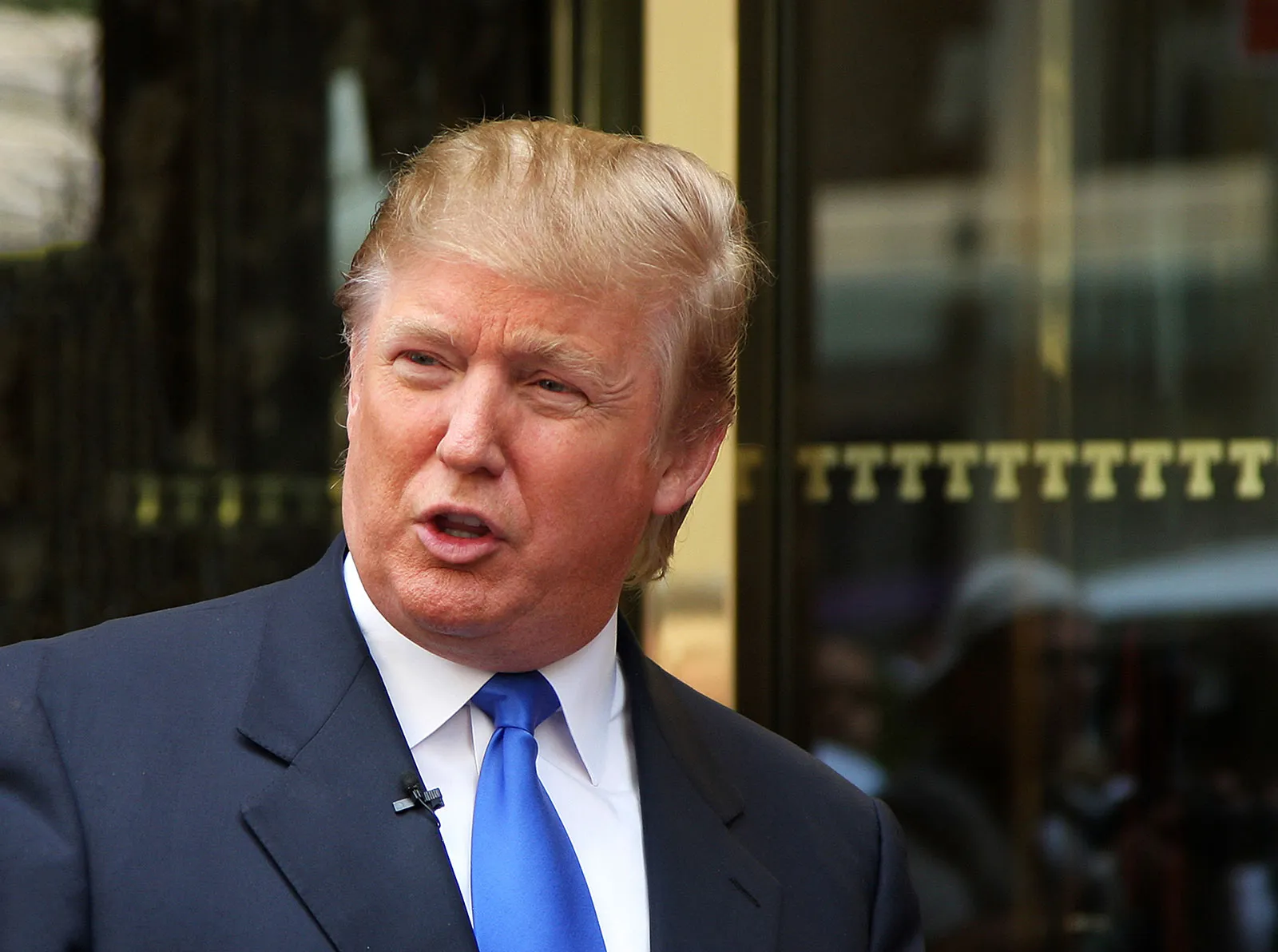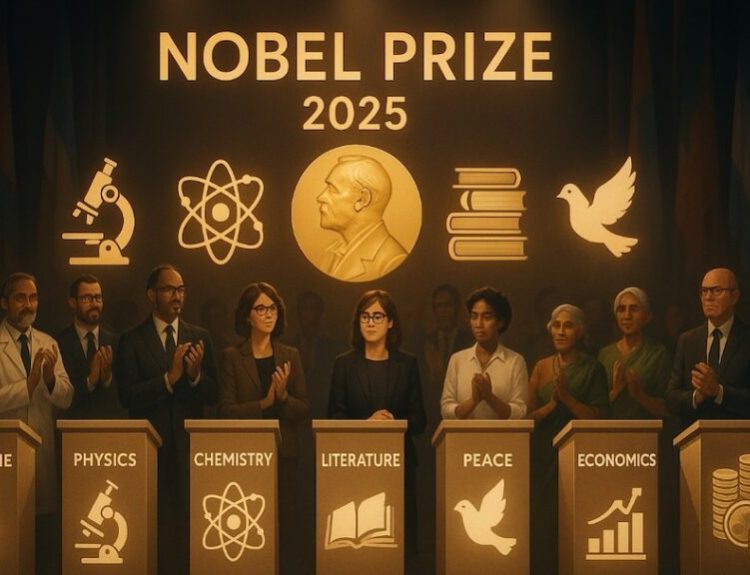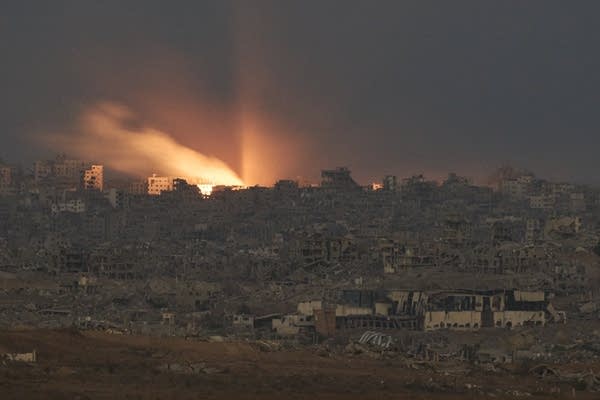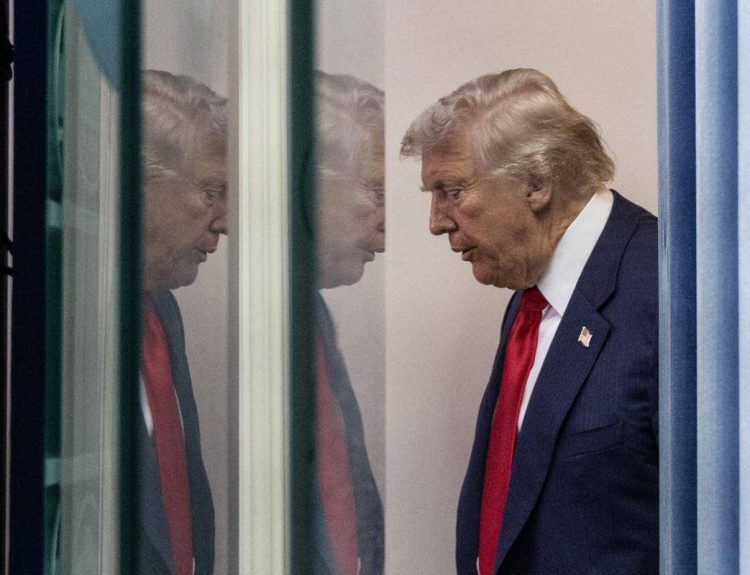The world entered the new week with heightened economic and political tensions as global markets continue to react to shifting alliances, rising energy costs, and evolving trade dynamics.
In Asia, China’s economic slowdown has rattled investors, with manufacturing output dropping for the third consecutive month. Analysts warn that global supply chains may face renewed pressure if the trend continues, especially as Western nations tighten restrictions on Chinese tech exports.
Meanwhile, Europe is grappling with an energy dilemma. Natural gas prices spiked after disruptions in supply from Russia, forcing European governments to explore alternative sources while balancing commitments to green energy transitions. The situation has reignited debates over energy independence and the continent’s vulnerability to external shocks.
Across the Atlantic, the United States remains focused on inflation and interest rates. The Federal Reserve signaled that borrowing costs may remain elevated longer than expected, a stance that could cool consumer demand but also raise concerns of slowing growth. Wall Street responded with volatility, as investors weighed the risks of tighter credit against corporate earnings resilience.
On the geopolitical front, tensions in the Middle East and Eastern Europe continue to influence markets. Diplomats are calling for renewed negotiations to prevent escalation, while defense spending in several nations is on the rise.
Despite the uncertainty, pockets of optimism remain. Emerging markets in Africa and Southeast Asia are showing resilience, driven by infrastructure investment, digital innovation, and rising consumer demand. Experts say these regions could serve as growth engines even as established economies face turbulence.
For now, global markets remain in a delicate balance—navigating a world where politics, economics, and security are more interconnected than ever.



